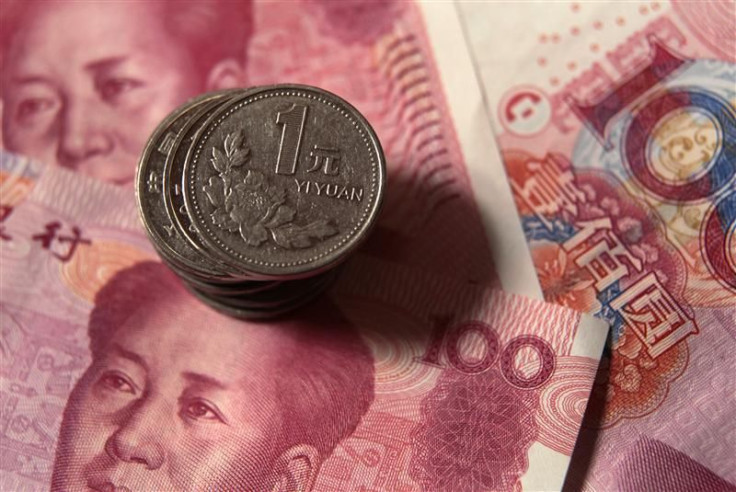China GDP Growth Slows To 8.1% On Export, Property Investment Weakness

China's gross domestic product growth slowed to 8.1 percent in the first quarter, the lowest rate in three years, due to soft global demand and reduced real estate investment in the world's second-biggest economy, official data released Friday show.
In last year's fourth quarter, GDP grew by 8.9 percent, compared to full-year expansion in 2011 and 2010 of 9.2 percent and 10.4 percent, respectively.
On an annualized basis, the comparison between the most recently ended quarter and the same period last year shows an even-steeper decline, to 7.4 percent from 7.8 percent, below the government's recently revised target of 7.5 percent for 2012.
Despite the slowdown, the numbers from China's National Bureau of Statistics could be far from the “hard landing” of the economy that many investors have feared. With Chinese authorities still loosening monetary policy, the current data may represent the trough of a cycle, some analysts say.
The continuing debt crisis in Europe and the tentative U.S. recovery have hurt demand for exports, the key driver of China's economy. The International Monetary Fund has warned that escalation of euro zone debt problems could slash China's GDP growth for 2012 in half.
Faced with slowing growth and persistent inflationary pressures, China is in a bind regarding policies for the real estate market. Income from land sales and property transaction-related fees have long been a source of revenue for the country's local governments.
In February, the World Bank said China's export- and investment-driven economic model, though successful for decades, was no longer sustainable and reforms were needed to prevent a sudden downturn. Beijing has said its goal this year would be promoting steady, robust economic development; keeping prices stable; and guarding against financial risks by keeping money and credit supplies at appropriate levels while being cautious and flexible.
Friday's official report included expansion in specific areas -- industrial production grew by 11.9 percent and retail sales by 15.2 percent in March, while first-quarter fixed-asset investment rose 20.9 percent.
Foreign-exchange data for the quarter showed the total value of reserves increased to $3.31 trillion from $3.18 trillion, more than offsetting a decline in last year's fourth quarter and indicating the central bank is still intervening in the currency market.
Net new lending for March was the highest since January 2011, suggesting that easing of monetary policy is starting to have an effect.
© Copyright IBTimes 2024. All rights reserved.





















